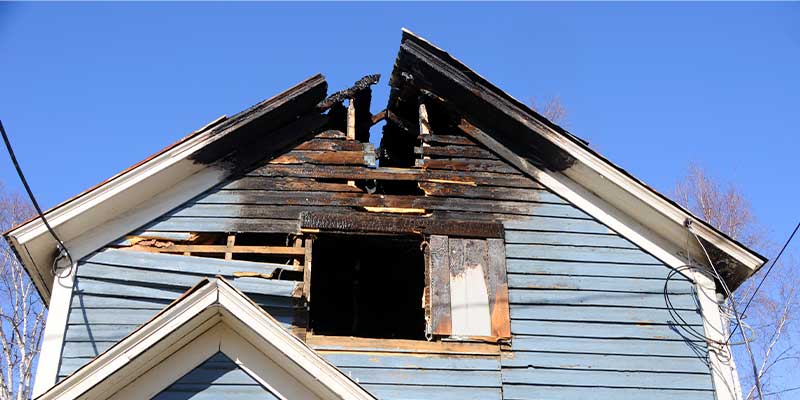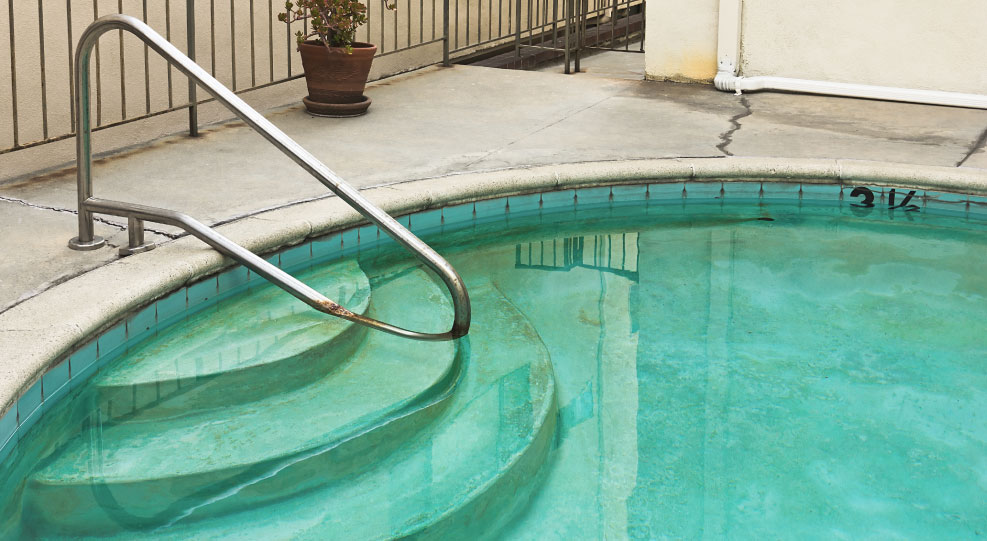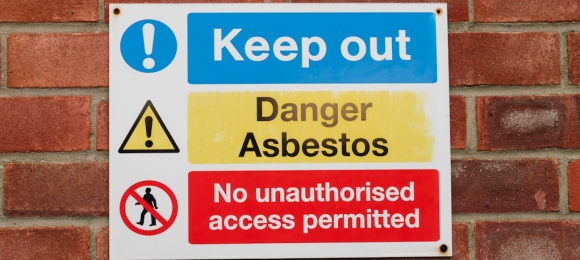
Updated August 30, 2023
Asbestos has a long, notorious history, and it still exists today.
If you're unsure whether or not your home contains asbestos and you're interested in having any existing asbestos removed, don't stop reading.
Our complete homeowner's guide to asbestos covers its history, dangers and risks, common purposes, and how to find the right contractor to get it removed safely.
Jump to:
- What is asbestos, and why was it so popular?
- How long has asbestos been used?
- How dangerous is asbestos?
- Where can asbestos-containing materials be found?
- How do I know if there’s asbestos in my house?
- I think there might be asbestos in my house, now what?
- I’m planning on remodeling/demolishing my home, what steps should I take?
- Who should I hire to handle my asbestos removal?
- Are there any federal, state, or local regulations I need to consider?
Find demolition contractors near you that can remove asbestos
What is asbestos, and why was it so popular?
Many people don’t realize it, but “asbestos” is actually a term used in reference to six different types of naturally occurring fibrous minerals:
- Chrysotile
- Amosite
- Crocidolite
- Tremolite
- Anthophyllite
- Actinolite
Being a mineral, asbestos is hard as a rock, but it can be scraped and pulled in a way that reveals thousands upon thousands of soft and flexible, yet tough and durable fibers.
The word 'asbestos' comes from an ancient Greek word meaning “inextinguishable”—a nod to the minerals' flame-resistant fibers.
Not only that, but the fibers don’t dissolve in water and they’re resistant to chemical, electrical, and biological degradation, too, making the mineral useful for hundreds of things, from tablecloths to roofing shingles.
How long has asbestos been used?
Described in the 1930s as the "magic mineral," asbestos has been around for thousands of years, and it has been used for countless things since the 24th century BC.
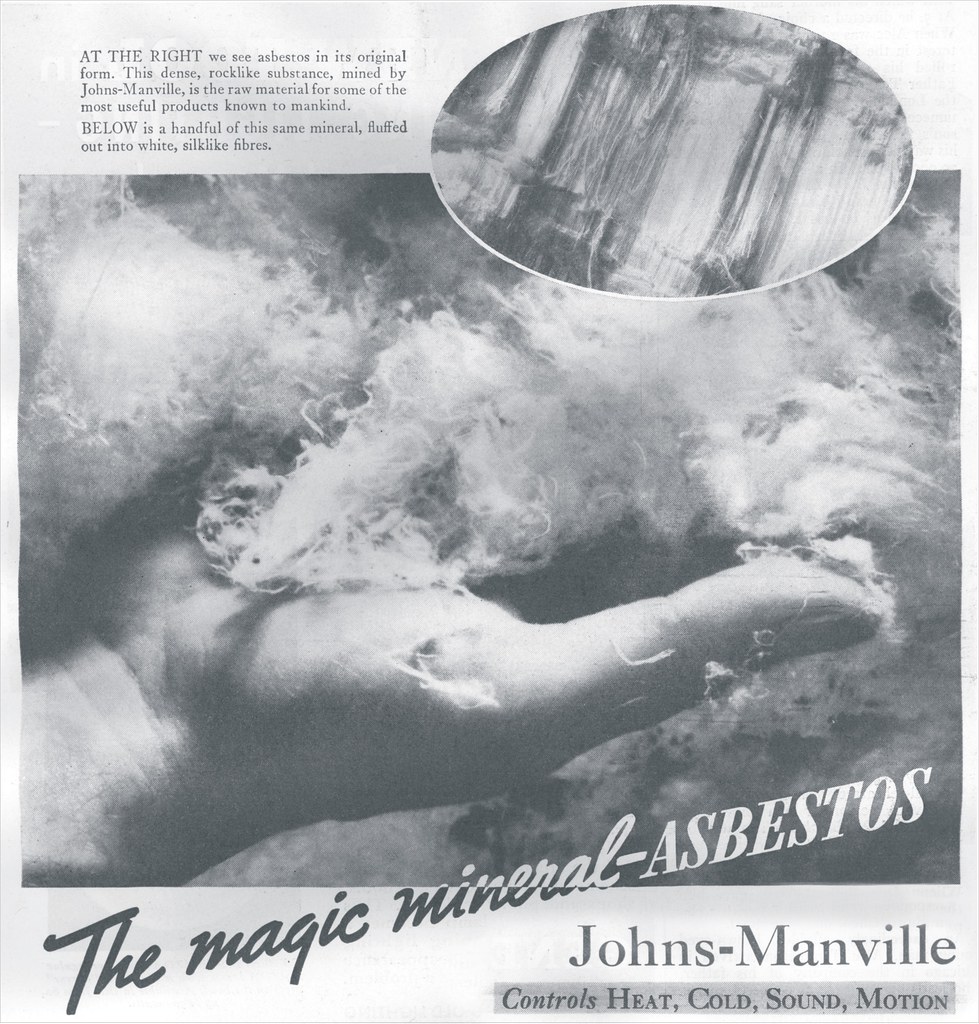
2400 BC — Inhabitants of the Lake Juojärvi region in East Finland line pots and cooking utensils with asbestos fibers to strengthen them.
456 BC — Herodotus, a Greek historian, references the use of asbestos shrouds when placing a dead body onto the funeral pyre. Wrapped in the shrouds, their ashes would remain separated from those of burnt wood and other combustibles.
1st century AD — First evidence of the use of the term “asbestos” is traced to a Roman naturalist’s manuscript called The Natural History. In it, the scholar stated that slaves mining and working with the mineral became ill. He describes the miners’ resourceful use of a thin membrane from a goat or lamb’s bladder as a crude, early respirator.
Late 1800s — Asbestos mining begins gaining momentum at the start of the Industrial Revolution.
1906 — The first documented death of an asbestos worker due to pulmonary failure is recorded at London’s Charring Cross Hospital. The autopsy showed large amounts of asbestos fibers in his lungs.
1908 — Insurance companies in the United States and Canada begin decreasing coverage and benefits for workers employed in the asbestos industry while increasing premiums.
1973 — America's asbestos consumption peaks at 804,000 tons.
2003 — Environmental regulations and consumer outcry help push for full or partial bans on the use of asbestos in 17 countries.
2005 — Asbestos is banned throughout the European Union, but is still not entirely banned in the United States.
How dangerous is asbestos?

Asbestos is classified as a known human carcinogen by all major U.S. health organizations. It is universally recognized as a cancer-causing substance.
Pair this with its fibrous, fragmenting nature, and it makes for a deadly combination.
When products containing asbestos are disturbed, microscopic fibers are released into the air. If inhaled, these fibers can remain trapped in the lungs, which leads to scarring and inflammation.
This can result in labored breathing and serious health problems, the most common of which being mesothelioma, lung cancer, and asbestosis.
Some studies have suggested that asbestos exposure can also be linked to other kinds of cancers, including gastrointestinal and colorectal, as well as an elevated risk for throat, kidney, esophagus, and gallbladder cancers.
WATCH: Helpful video explaining the dangerous effects of asbestos inhalation
Where can asbestos-containing materials be found?
Asbestos minerals are naturally forming and are commonly found in serpentine rock, ultramafic rock, and near fault zones.
They can be found on every continent in the world and are released into the air when rocks containing the minerals are broken or crushed, or if the dust containing asbestos fibers in soils is stirred up.
Of course, the most commonly known asbestos-containing materials are those that are manufactured, like insulation and siding.
Below is a list of some of the most common items that were once made using asbestos and can still be found today.
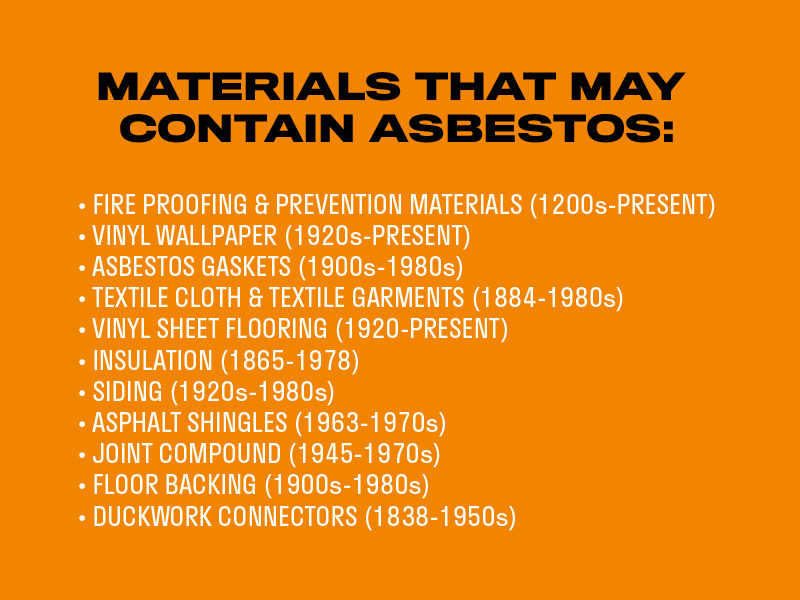
How do I know if there's asbestos in my house?
Because asbestos fibers are microscopic, a visual inspection of your home won’t be enough to determine whether or not there’s asbestos-containing material inside.
Instead, samples of the material suspected of containing asbestos must be sent to a lab to be analyzed.
The American Lung Association recommends hiring a certified asbestos professional to collect any samples.
Trying to take samples yourself can only do more damage, so you should always consult with a professional. This will minimize the risk of you and your family’s exposure to dangerous fibers.
I think there might be asbestos in my house, now what?
If you know or suspect there is asbestos in your home, limit access to the area, and get in touch with a trained professional right away.
Even if materials contain asbestos, they're likely safe so long as they're in good condition and left undisturbed.
Materials generally need to be torn, cut, or sanded in some way for fibers to become airborne.
Sometimes the safer option is to cover the asbestos-containing material rather than remove it, so always consult with a certified asbestos professional.
Read more: How to Determine If Your Home Contains Asbestos
I'm planning on remodeling/demolishing my home, what steps should I take?
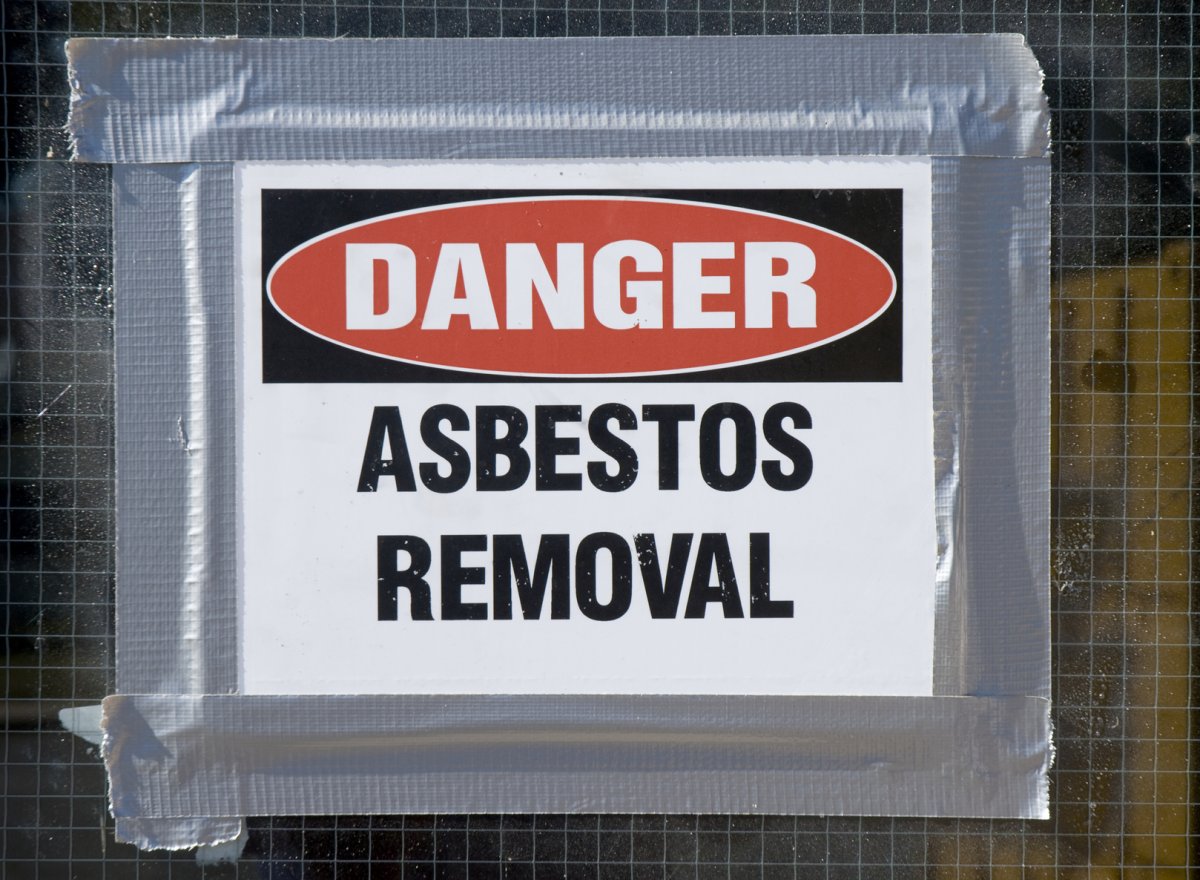
If you're planning on remodeling or demolishing your home—and it was built before 1980—be sure to hire trained professionals to perform an adequate asbestos inspection before doing any work.
Follow these steps:
1. Schedule an asbestos inspection of your home.
Contact a state-certified asbestos inspector to do a thorough examination of your home.
If asbestos is present, a properly certified inspector will provide you with a written evaluation detailing where the asbestos is located and the extent of the damage, as well as suggestions for correction/prevention.
2. Hire a professional asbestos contractor.
Contact a certified asbestos contractor to properly remove all asbestos-contaminated material.
Before any work begins, get a written statement from your contractor. It should spell out the work plan, cleanup, and applicable federal, state, and local regulations the contractor is required to follow.
Upon asbestos removal completion, get written assurance from your contractor ensuring all necessary regulations and procedures were followed.
NOTE: After the asbestos is removed, hiring a certified asbestos inspector or independent air testing contractor is recommended in order to ensure there isn't an increase of asbestos fibers in the air. Oftentimes, this is required in order to be sure the asbestos contractor did their job correctly.
If you're planning on demolishing your home after removing the asbestos, trust Hometown Demolition Contractors to help you find the right one. Our detailed company profiles and verified customer reviews make us your one-stop-shop for finding the perfect contractor for your project.
Learn more:
- Licensed vs Unlicensed: Why It's Important to Hire a Licensed Contractor
- Tips for Clients Dealing with Contractors
- Easily Find a Demolition Contractor With Hometown
Who should I hire to handle my asbestos removal?
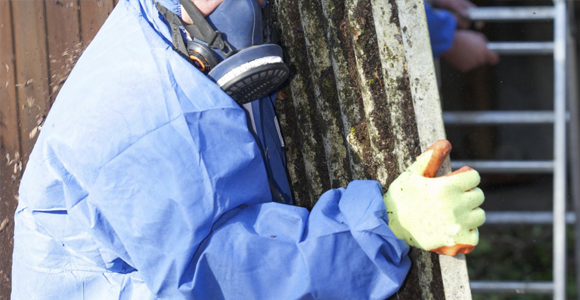
Avoid a conflict of interest by hiring two separate asbestos professionals—one to perform the inspection and one to perform the actual removal.
Don’t be afraid to ask asbestos professionals to show proof that they are properly accredited to do asbestos work.
You want to do your homework here. Look into a company's past performance by checking with the Better Business Bureau, your local air pollution control board, and the local agency in your area responsible for worker safety.
All of these will be able to inform you of any safety violations or legal actions filed against the company.
Find out more: Asbestos Contacts Listed by State
Are there any federal, state, or local regulations I need to consider?
Yes. However, there are different regulations for each location to consider.
A professional, certified asbestos contractor will detail all the current regulations for your location in the written work plan they give you prior to beginning the removal.
These regulations will detail the level of notification that's required, removal processes, permits, etc.
Find an interior demolition contractor in your area
Continue reading:
